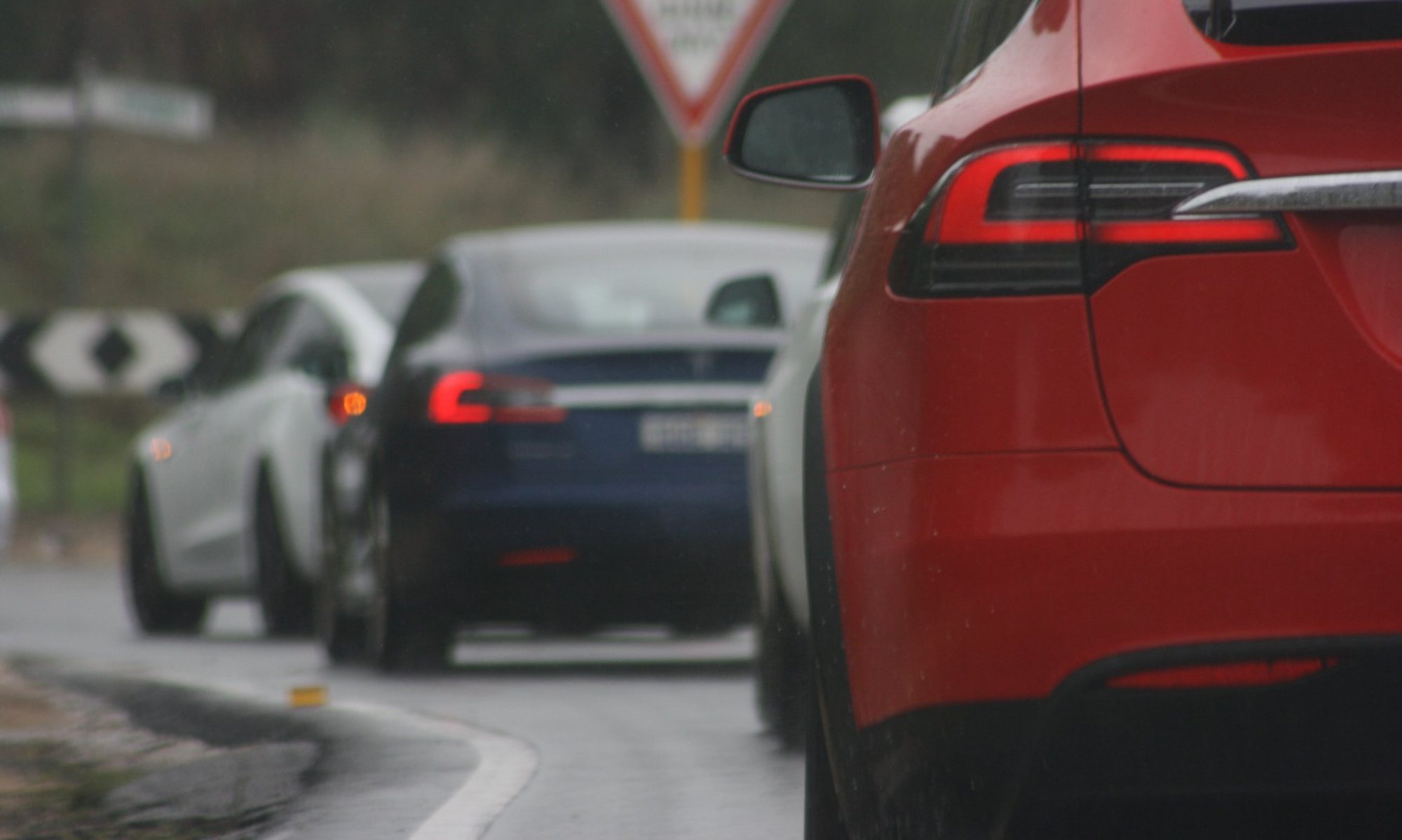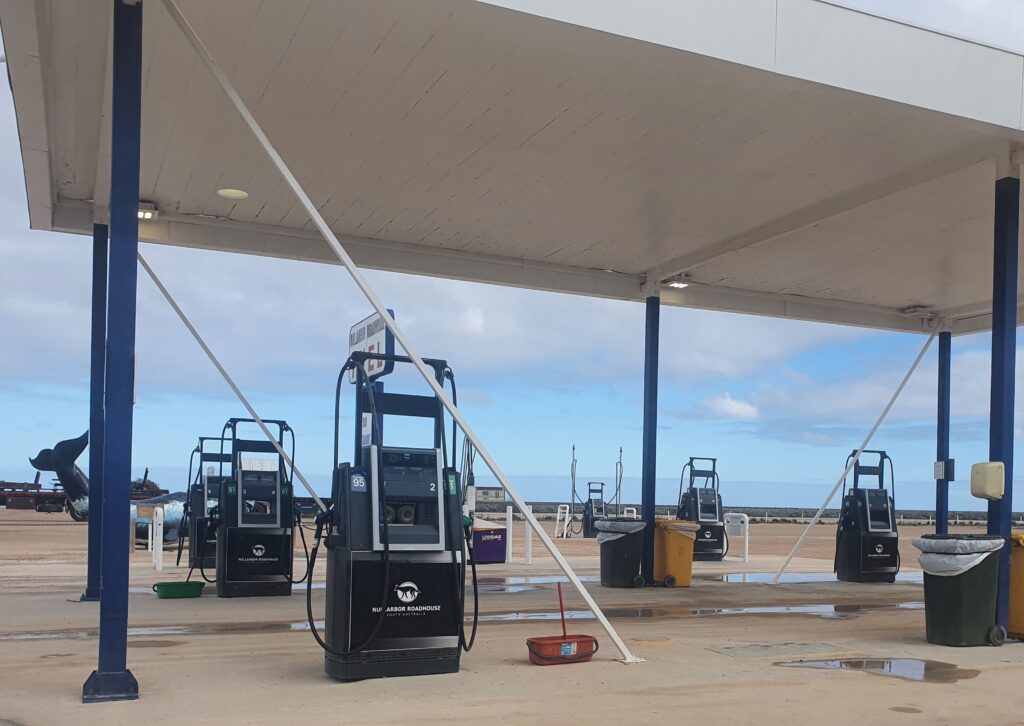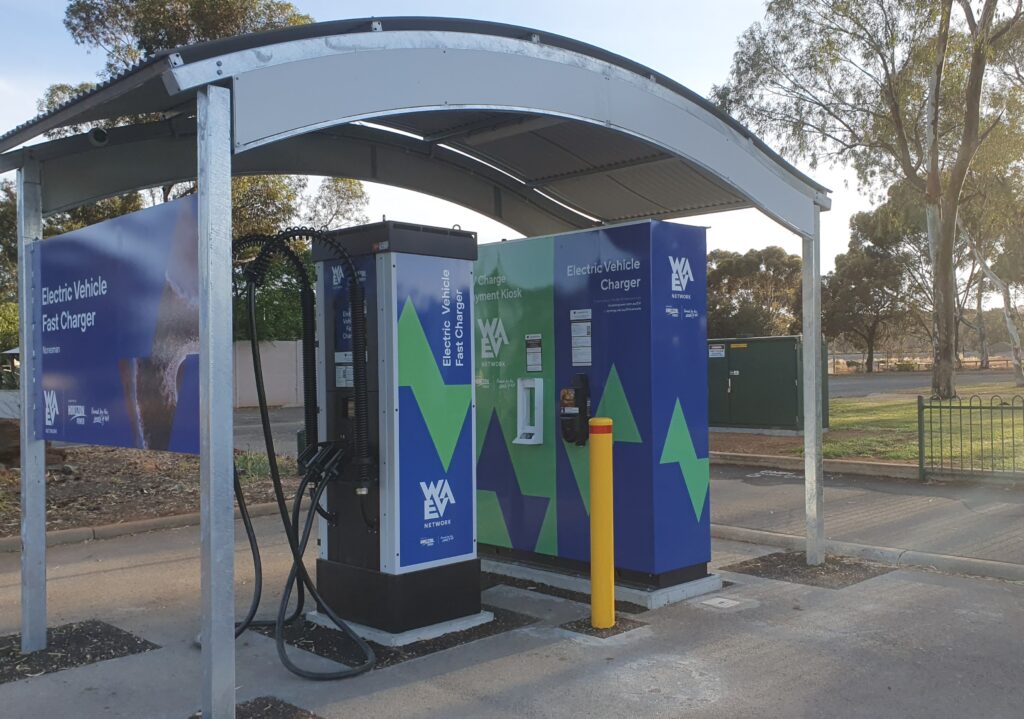A word of caution first, despite being continually maintained by the shires of Dundas and Kondinin any medium to heavy rain could make this road difficult to navigate in a couple of sections. Always check the yellow road condition signs before planning any departure. The weight limit is 5 tonnes although you will likely see some heavy haulage servicing the handful of mines along the road.
Officially the drive is 297kms but it’s best to use the distance of 299kms between the Norseman and Hyden DC chargers.
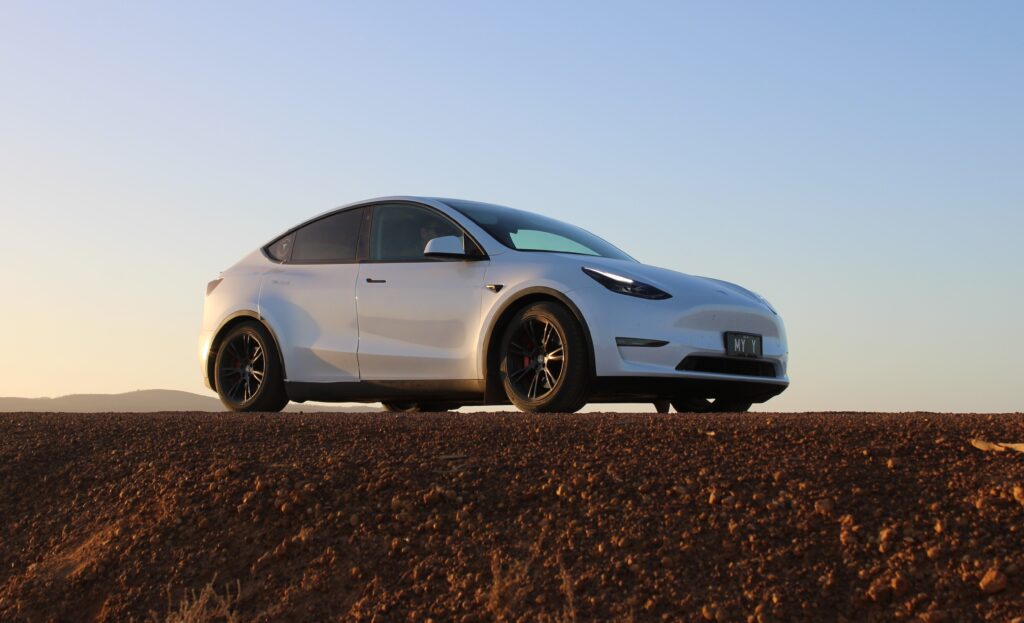
Is it worth taking this route?
Although this direct route is 88kms shorter than driving the sealed road via Coolgardie and Merredin the total driving time will be no more than 10 minutes difference, driving the Norseman-Hyden road is more of an adventure plus a break from the constant flow of fuel tankers and over size mining equipment travelling being Perth and Kalgoorlie.
When to drive it?
This is an early morning road, firstly there’s almost no other traffic, secondly it’s cooler when you stop for photo opportunities, thirdly if an issue arises you have a full day of daylight ahead to sort it out.
What to carry?
The normal common sense equipment including plenty of water. A spare tyre is a must, if you depart Norseman or Hyden with anything less then you’re taking an unnecessary risk that will end up costing you a lot of wasted time and money.
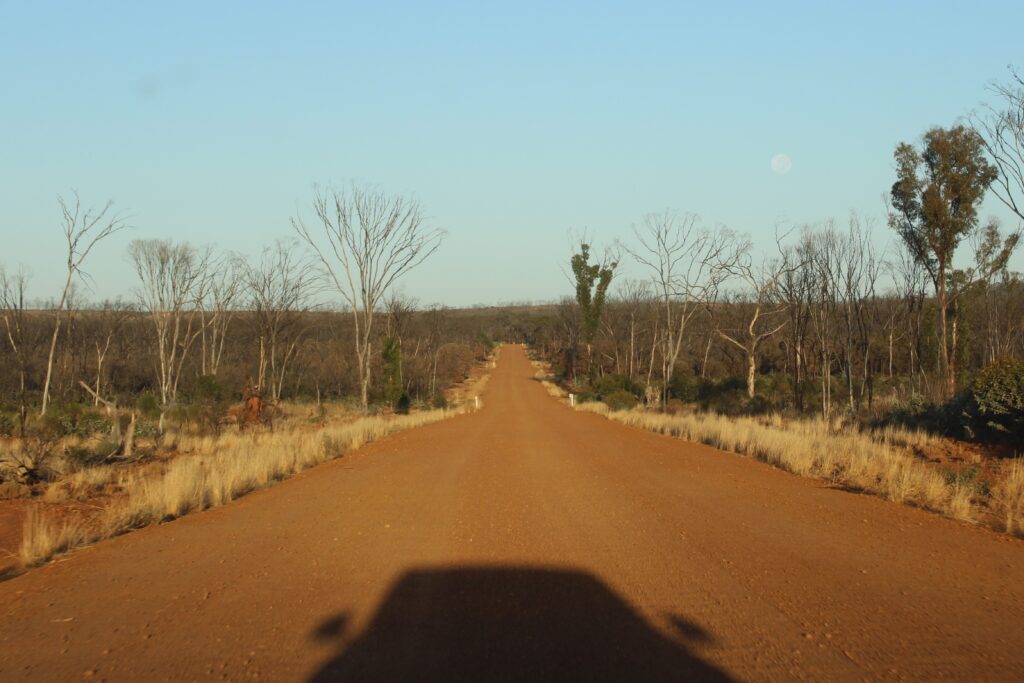
To cover the 299kms with the focus on enjoying the scenery rather than constantly monitoring efficiency I recommend a standard range Tesla charge to 98% and a long range Tesla charge to 90%. Unsealed roads consume more energy than sealed roads at the same speeds, on our recent trip our Model Y consumed 45kWh at an average speed of 75kmh.
On departure from Norseman Tesla navigation will direct you to drive north towards Coolgardie for approximately 8kms before taking a left hand turn towards Hyden, a better option is to drive south from the DC charger towards the Norseman town centre, turn west on to Ramsey Street which then continues on to become Mort Haslett Drive, this takes you across Lake Cowan via a gravel causeway, thus providing some excellent photo opportunities. Continuing on for another 15kms will join you up with the Hyden Road via a T-Junction.

At the 103km mark is a handy stop called Lake Johnston, this location has basic toilets, picnic benches and shady trees, up until now the only other traffic you’ll likely see is the shire of Dundas employees maintaining the road. This first 103km section we comfortably sat on 70kmh keeping in mind there were still some early morning Roos on the road.
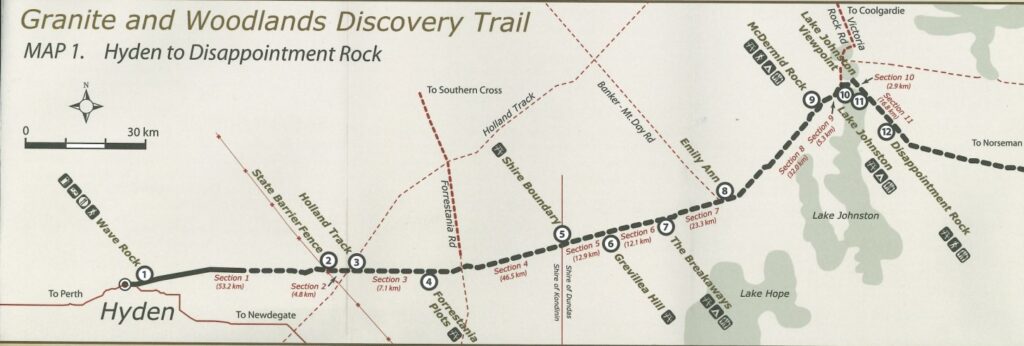
From Lake Johnston onwards the road has straight sections far into the distance, 80kmh was easily maintained right through to Marvel Loch-Forrestania cross road, don’t forget to keep heading west at this point. You’ll notice new power lines for the nearby mine site plus some large areas of cleared scrub acting as a fire break, from this point on the Norseman-Hyden road becomes some of the best quality unsealed surface you’re ever likely to see. Approximately 63kms from Hyden the sealed road begins, continuing all the way to the Hyden DC charger.
Our recent drive took us just over 4 hours with a few short stops along the way, potentially it could be driven faster than that but it’s better to allocate 5 hours and enjoy a 20 minute visit to Lake Johnson plus a few 5 minute photo stops on the way.
Check out the Granite and Woodlands Discovery Trail for more information on the route.
